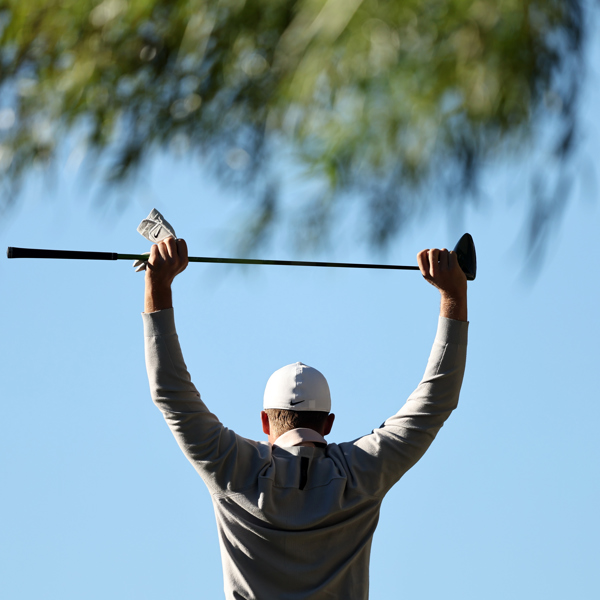Professor Graeme Close explains on The Golf Science Podcast how golf is finally catching up with other sports.
As an academic researcher I think that nutrition has been neglected from a research perspective. I've written book chapters on football and rugby science, and lots of different sports, and the one in the the handbook of golf was the hardest chapter that I’ve ever had to write. That's basically because when you start to write a book chapter you would normally review other literature and then come to a conclusion but there’s virtually no literature out there - and the literature that there is is pretty basic really, it looks like it’s student projects.
What we’ve had to do is borrow literature from other sports and then try and translate it – that’s quite hard to do as in many ways it is quite a unique sport with the walking and the intermittent little bouts of activity. And then, from the applied side of things, what we’re seeing now is a massive change. I got into golf nutrition close to a decade ago and at the time it was quite unusual for golfers to want nutrition support – I recently spent four hours on zoom calls to DP World Tour players and they are now really embracing this and realising that it can make a huge difference.
I think it makes a huge difference to the professional golfer. But that isn’t necessarily the obvious of fuelling the round, I think that it makes a big difference in keeping them playing well for 12 months of the year, keeping them energised on day four of a tournament and helping them with travel strategies – and just making sure that the food that they’re eating is conducive to long-term health as opposed to convenience food in a clubhouse and snack food bought in a pro shop. It doesn’t take a professor to realise that convenience food from a pro shop combined with burgers and chips in the clubhouse isn’t going to be conducive to not only your performance but also your long-term health.
At The Open at St Andrews last year it was one of the better set-ups that we’ve managed. I put the menus together, we’ve got a smoothie bar now, and we’ve got chefs doing fresh omelettes and different styles of eggs made to order. They make homemade snacks to take onto the course, we’ve got a juice bar so if the lads are feeling a bit run down we can have juices that are energising and immune supporting. I think it’s probably the sport that has come the furthest in the last 5-10 years and is unrecognisable to what most people might think is pre-golf nutrition.
A lot of the nutrition guidance that I’ve put together I’ve adapted from what I’ve put together for the likes of England Rugby or Everton FC. If you were to walk into the players’ lounge at Wentworth it’s exactly the type of things that you would expect at a Premier League ground. There are other challenges that are quite unique to golf but ultimately we’ve got maybe 10-15 years of really good experience working in elite sport and knowing what does and doesn’t work.
Even how it is presented makes a big difference and the layout of it. When you go into these buffet style players’ lounges even the way that you’re setting up, you’re nudging them to make the right decision. I’m not the type of nutritionist who wants to ban anything but I just want to nudge it towards the right decision most of the time, just little subtle things like what you see first will make a big difference – where do we put the snacks and where do we put the hydration stations? How are we going to try and encourage players to making the right calls, all these little things can play a big part in what we do.
For more on The Golf Science podcast CLICK HERE.
About Graeme Close
Graeme is a Professor of Human Physiology at Liverpool John Moores University where he combines his academic research with nutrition and physiology consultancy to some of the worlds leading sporting organisations – he is the head of nutrition for the DP World Tour and European Ryder Cup team.







